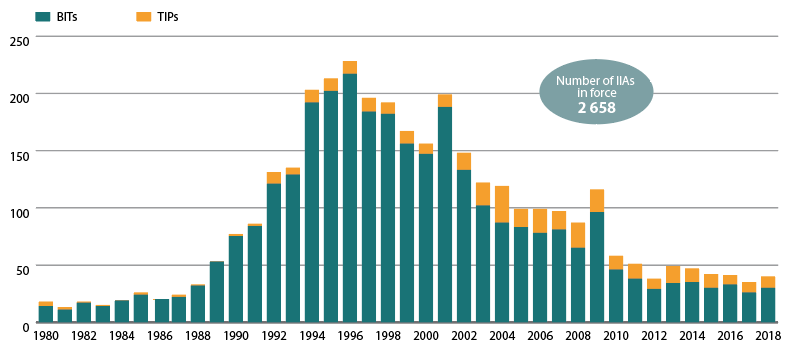The Addis Ababa Action Agenda highlights the significant potential of regional economic integration and interconnectivity to promote inclusive growth and sustainable development.
The Addis Agenda specifically:
- Commits to strengthen regional cooperation and regional trade agreements
- Commits to strengthen coherence and consistency among bilateral and regional trade and investment agreements, and ensure that they are compatible with WTO rules
- Urges the international community to increase support to projects and cooperation frameworks that foster regional and subregional integration, with special attention to Africa, and that enhance the participation and integration of small-scale industrial and other enterprises, particularly from developing countries, into global value chains and markets
- Encourages MDBs in collaboration with other stakeholders to address gaps in trade, transport and transit-related regional infrastructure, including completing missing links connecting LLDCs, LDCs and SIDS within regional networks
Latest developments
According to the WTO Regional Trade Agreements Database, 304 regional trade agreements (RTAs) are in force as of February 2020, as compared to 291 in January 2019. Among developed economies, the European Union (EU) has formed large-scale bilateral free trade agreements (FTAs) with developed-country partners, which include the Canada-EU Comprehensive Economic and Trade Agreement (provisional application started in September 2017) and the EU-Japan Economic Partnership Agreement (entered into force in February 2019). The United States renegotiated its existing RTAs, such as the US-Korea Free Trade Agreement (September 2018), the US-Mexico- Canada Agreement (previously NAFTA) (USMCA, 30 November 2018), and signed new ones such as the US-Japan Trade Agreement (September 2019). While the United States withdrew from the Trans-Pacific Partnership (TPP) Agreement, it has been revived to become the Comprehensive and Progressive Agreement for Trans-Pacific Partnership (CPTPP) by the other original TPP signatories. The CPTPP entered into force on 30 December 2018.
RTA negotiations have intensified through South-South and South-North configurations as well. The members of the Association of Southeast Asian Nations (ASEAN) along with six regional partners have been negotiating the Regional Comprehensive Economic Partnership Agreement (RCEP) since 2012. In November 2019, India suggested it would stay out of RCEP. If India decided to remain in RCEP, it would create the world’s largest RTA in terms of population, combined GDP and trade. Meanwhile, the negotiations on the African Continental Free Trade Area (AfCFTA) were concluded in March 2018. The AfCTA creates a market comprising more than 1.3 billion people and a combined national income of $2.5 trillion. To facilitate the monitoring of AfCFTA implementation and address data gaps, the development of the African Trade Observatory was agreed in 2019.
The Second High-level United Nations Conference on South-South Cooperation (BAPA+40), held in Buenos Aires in March 2019, also reaffirmed the importance of strengthening South-South trade cooperation, including through the Global System of Trade Preferences among Developing Countries (GSTP). Established in 1989, the GSTP agreement provides a framework for preferential tariff reductions among 43 developing countries. The São Paulo Round (SPR) of negotiations on GSTP was concluded in 2010 but has not yet entered into force. UNCTAD preliminary research finds a welfare gain of $14 billion from the implementation of the SPR by just eleven signatory countries. In 2018, 40 new international investment agreements (IIAs) were signed. The new treaties included 30 bilateral investment treaties (BITs) and 10 treaties with investment provisions (TIPs). The country most active in concluding IIAs was Turkey with eight BITs, followed by the United Arab Emirates with six BITs and Singapore with five treaties (two BITs and three TIPs). Some of the new treaties are megaregional, having novel features and involving key investor countries. The new treaties brought the number of IIAs to 3,317 (2,932 BITs and 385 TIPs). By the end of the year, 2,658 IIAs were in force.
Number of IIAs signed, 1980−2018
(Annual number of IIAs)

Source: UNCTAD, World Investment Report 2019, based on UNCTAD ISDS Navigator.
At the same time, the number of IIA terminations continued to rise. In 2018, at least 24 terminations entered into effect (“effective terminations”), 20 of which were unilateral and 4 of which were due to replacements (through the entry into force of a newer treaty). This included 12 BITs terminated by Ecuador and 5 by India. By the end of the year, the total number of effective terminations reached 309 (61 per cent having occurred since 2010).
Read more on bilateral and regional trade and investment agreements here.